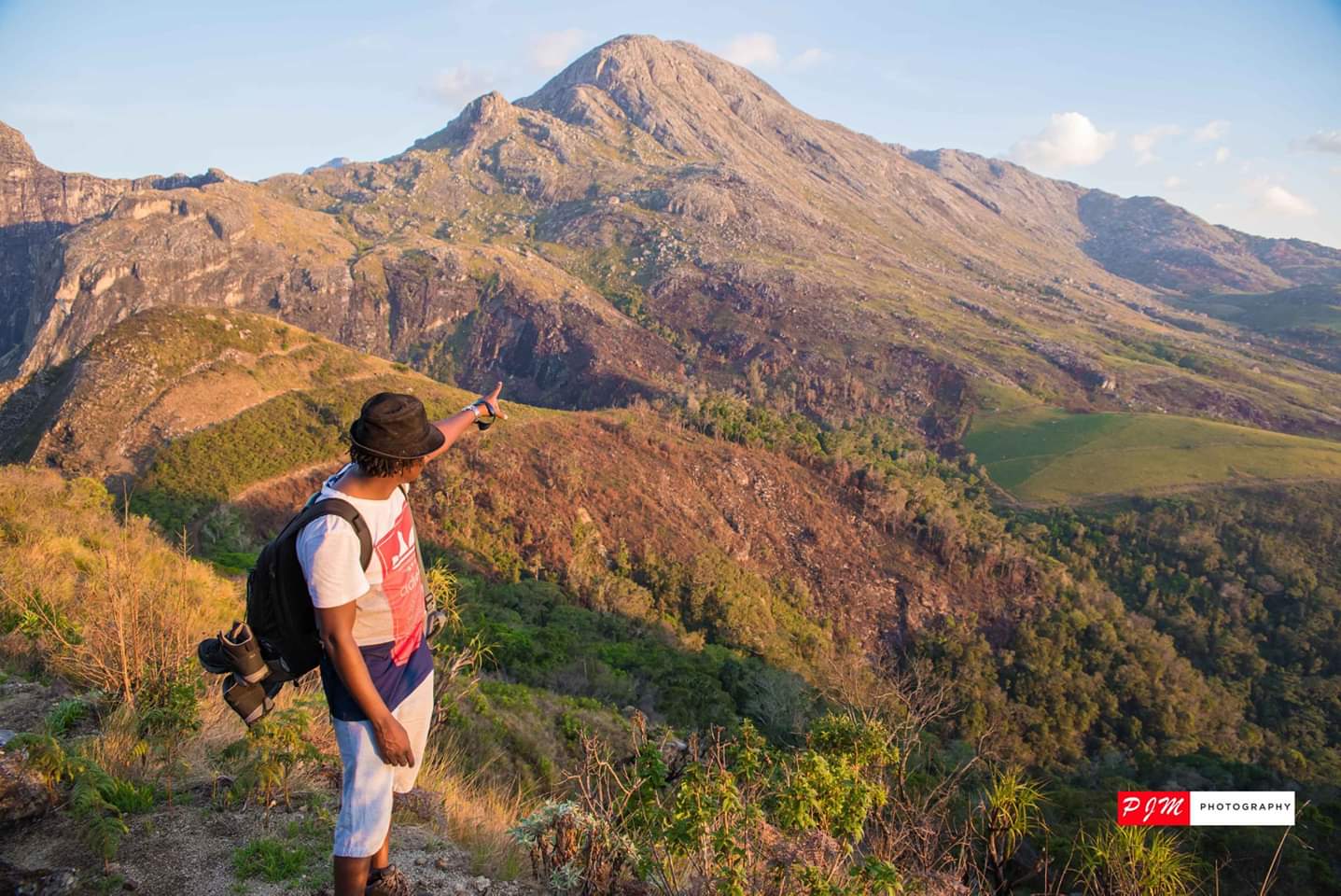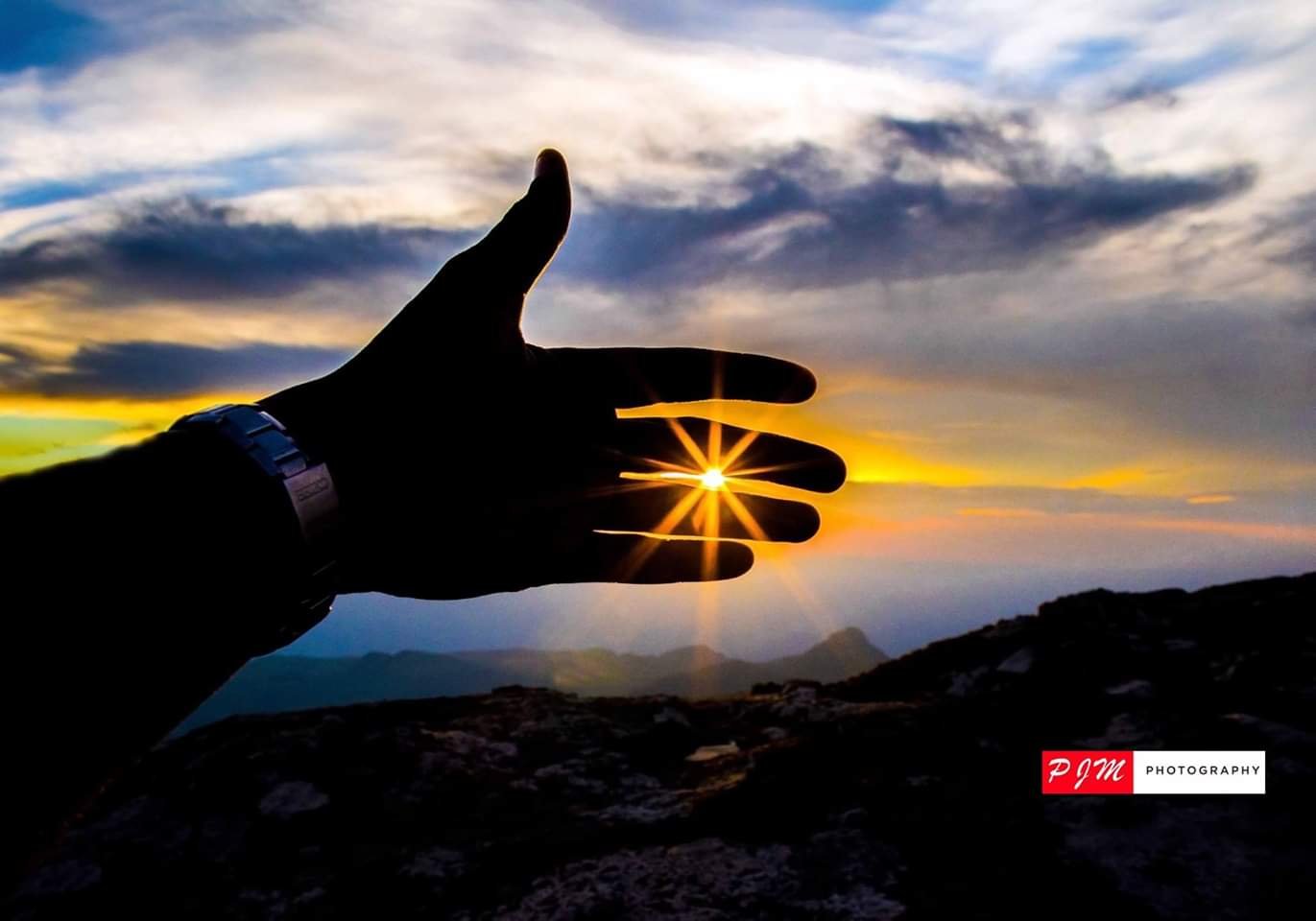


By Wanangwa Kalua
On top of Malawi in Mulanje Mountain, at 3002 metres above sea level is a placard with an epitaph in portuguese translating: Is it worth it? It’s all worth it, if the soul is not small. It is an epitaph in honour of Gabriel Buchmann – a Brazilian national who died in July, 2009 as he retreated from climbing Sapitwa, the highest peak in Malawi. He was initially reported missing and found dead 19 days later. Six years earlier, in 2003, a Dutch social worker, Linda Pronk, went hiking up Sapitwa and never came back. She was never found and no one knows what happened to her.
In February, 2019 a group of young Malawian hiking enthusiasts predominantly from Blantyre are planning a climb up Sapitwa. The author is one of them and when he is set that he will go, he calls his parents to tell them of his planned journey to Sapitwa. “Isn’t that where people go missing?” is his Mum’s response when he introduces the topic. He tries to quell her fears with assurances that they will have guides and they are well prepared. He can hear the doubts in her faint “okay”. And he is not the only one of the group meeting probing eyes when the topic is introduced. Most of his friends too are facing some kind of resistance. And with Sapitwa’s history preceding them, who could blame the unconvinced relation or friend who are simply looking out for the safety of a loved one?

On 2nd March, 2019 we woke up early enough to meet at the rendezvous point in Limbe by 3 a.m. The one hour drive to Mulanje was unadventurous. We stopped at Chitakale to pick our guides and porters before leaving for Mulanje Mountain Lodge where we parked our vehicles and set off on our adventure.
We took the Kara O Mula road at the Mulanje Market and just before the District Commissioner’s office we branched off the road to the left, crossed a rivulet which our tour guide Steve failed to name, and found ourselves in the Eastern Produce Estate at the Boma. After a good walk, we parted ways with the captivating sea of green at the foot of the massive Mulanje Mountain and started the real climb after crossing a second river. Still, Steve couldn’t place a name.
We connected into the famous Boma path with its very steep slope overlooking the Chitakale – Mulanje stretch below like a giant guardian angel or protector of mortals, unpertubed but alert. Boma path sapped a lot of our energy. You could see from the muffled voices in dialogue and the hushed breathing that Boma path would not be forgotten anytime soon. A respite came when we reached the top of the monolith and we could no longer see the world below…no more ascent in sight. But after a short while, we had to deal with rains which took us all the way to Lichenya hut where we would spend our night before starting off for the final lap the following morning.

Lichenya Hut was our first real meeting with the wilderness. With complete disconnection from the outside world, all we had was ourselves. We listened to stories and sang along to music around bonfires. It felt so authentic. Some played Deck of Cards, others bawo, and still others just watched the Lichenya peak to the north east as it reflected what remained of the day’s sun. After supper, we went to sleep memories on our minds of the beauty of Mount Mulanje while looking forward to meeting Sapitwa the following day.
North of Lichenya Hut, a mass of rock rises sharply from the surrounding plateau cutting through the greyish sky like the cap of a budding parasol. “Is that Sapitwa?” “No. Sapitwa is almost impossible to see from here. What you are seeing is what they call the North Peak. Sapitwa sits to its east, at a kilometre or two.” He said ‘they’ almost scornfully, kind of revealing his long held disdain at calling it the North Peak. Maybe it has its local name like most of the peaks on this espansive inselberg. “North Peak” I almost blurted out as I shook my head in amazement and retreated to a bonfire in the sky, 1500 metres above the world below.
We left Lichenya early morning of the next day and headed north welcomed a few minutes in by a large swathe of grassland with mild slopes and a good number of rivers. To our left, Chambe Peak on Mulanje mountain’s west kept following us until we reached a junction where the trail from Chambe and ours met in a small forest. It had been a good 2 hours walk. We turned right at the junction towards our second hut of the journey. The first real ascent of the day was when we met a steep and rocky climb called Kaufiti shortly after getting out of the forest. It really outdid it’s name on the day. Kaufiti’s best relief was that it provided our first contact with the world in over 24 hours through a rare taste of mobile network. There was excitement as people scumpered through their bags looking for phones to be kept abreast of what had happened in the previous 24 hours. The world below was still moving even in our absence.
After Kaufiti, the walk to Chisepo Hut was relatively easy and short. We hurriedly left our bags, changed into our group t-shirts and left for Sapitwa, a return distance of 5 hours or so. The plan was to spend the night at Chisepo after Sapitwa.
From Chisepo Hut to Sapitwa, it was continuous climbing of rocks full of lichens but by this time our bodies had become one with the mountain. We were virtually just gliding through, up the trails…we could see Zomba Mountain to the north west and Chiradzulu to the west the few times that the Mulanje clouds allowed us to.

Walking under rocks, squeezing ourselves in small spaces and crawling on our stomachs in some instances made the whole experience even more adventurous. When we arrived at the top, I was caught up in delirium for a good minute. Everyone was just shouting and the whole atmosphere was heavenly. It was difficult to remember at that point the drizzles falling from the sky or the cold….it was electric. One of the team members had said as we approached the top, “You do not see Sapitwa, you feel it”. She was right.

Gabriel Buchmann’s epitaph was there on a small placard if we ever needed a reminder of the essence of what we had achieved and the enormity of the task that lay ahead of us in descent. I muttered a small silent prayer as I believe did most of my friends. The experience was worth it.

As we descended Sapitwa back to Chisepo, we remembered the words of a drunk at Chitakale who warned us that we would not come back if we did not take him along. There we were, Sapitwa conquerors! Of course with the small matter of descent to finish, which we did. We may not have signed up for crawling on our backs, walking on half knees, and falling but what is a hike without any of those? At some point, at the advice of our guide, we had to throw away our customized sticks as they were making the descent even more complicated.

The following morning, 4th March, 2019, we woke up late, a testament of what Sapitwa had done to our bodies. We would not make it down on that day as initially planned as rivers had supposedly filled. We therefore were going to take the same route back but instead of turning to Lichenya Hut we would proceed to Chambe Hut from where we would descend the following morning. As we were about to leave for Chambe, we recieved a morale boost: all the sticks we had thrown away on our descent from Sapitwa were picked by a more experienced hiker with his guide and given back to us. Heartwarming.
We made it to Chambe Hut, knackered, contented, and anxious to get home. We had not been able to communicate with family that we would spend an extra day in the mountain and we could sense the anxiety building in them down there.

We made it back the following day from Chambe through the Skyline trail down to Likhubula CCAP Guest House.
It had been an all encompassing 3 days in the mountain. Fun, fatigue, laughter, despair, fulfillment, prayer, hope, love. We had seen it all and gone through it all. But there were no bananas from the spirits at Sapitwa, even if there was a point we wished the myth about food from the Sapitwa spirits was true. We didn’t even encounter any spirits! Make a date.
Article by Wanangwa Kalua
Photography by Peter J Makwana